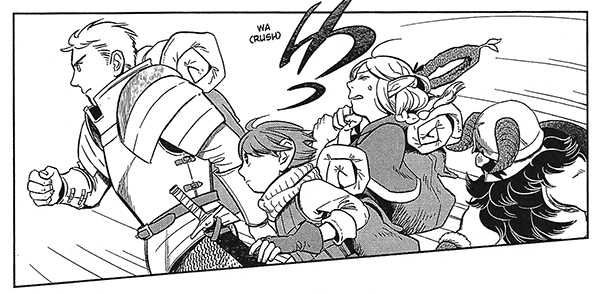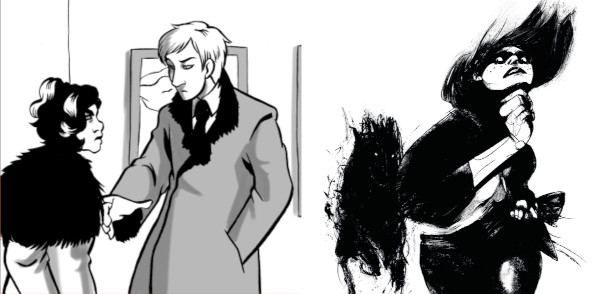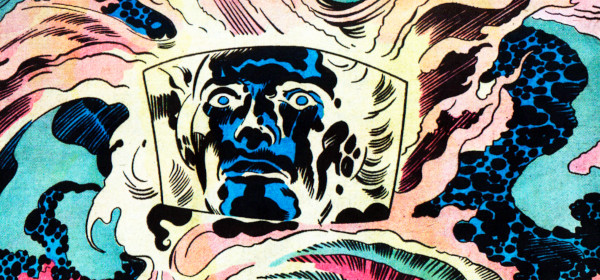
FLASHBACK! There’s no doubt that Superman is one of the most significant characters in the history of American comics. He ended up setting the template for what would be the dominant genre in American comics after the Comics Code came into effect. Of course, the types of stories told in those comics, and their tone, has varied wildly over the years, which makes it difficult to try to determine which stories are the best of the lot, but naturally people make the attempt, including DC Comics itself.
This week Kumar and Tim look at the 1980s collection “The Greatest Superman Stories Ever Told”, as well as Alan Moore’s “Whatever Happened To the Man of Tomorrow”, which is currently being published in a collection with two other Moore Superman stories. Are these actually the greatest Superman stories?
Featuring Batman’s superior party prep skills, swimming the interplanetary water spout, and the symbolism of the ads in the original printing of “Whatever Happened to the Man of Tomorrow”! *Choke* (Originally published December 28, 2015.)
Take our listener survey!
Brought to you by:
Podcast: Play in new window | Download
Subscribe: | More
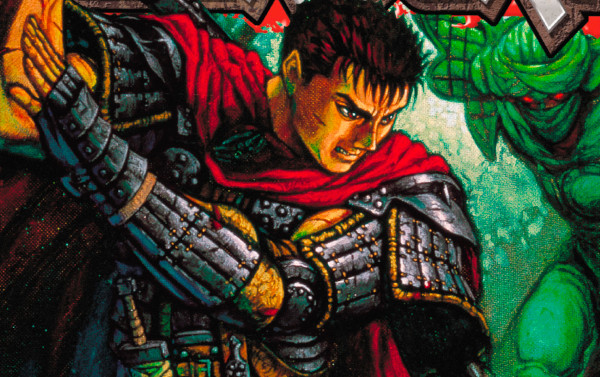


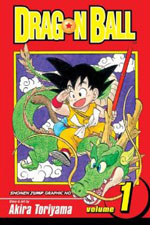 FLASHBACK! Though the highly influential manga series, and resulting TV show, are known for non-stop action and fighting, Dragon Ball started out as a comedy strip reminiscent of Akira Toriyama‘s early work,
FLASHBACK! Though the highly influential manga series, and resulting TV show, are known for non-stop action and fighting, Dragon Ball started out as a comedy strip reminiscent of Akira Toriyama‘s early work, 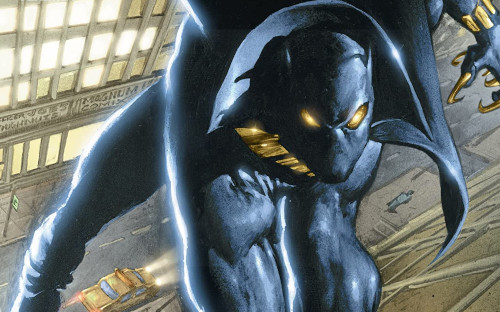 FLASHBACK! In 1998, under the “Marvel Knights” banner, Christopher Priest began the first ongoing Black Panther title in nearly two decades. Panther was a relatively unknown character to many Marvel readers at the time. With the aid of “Emperor of Useless White Boys” Everett K. Ross, and artists like Mark Texeira and Joe Jusko, Priest (a.k.a. Jim Owsley) made Panther a must-read and brought the nature of his character into sharper focus. Kumar and Tim discuss the first 17 issues (the ones included in
FLASHBACK! In 1998, under the “Marvel Knights” banner, Christopher Priest began the first ongoing Black Panther title in nearly two decades. Panther was a relatively unknown character to many Marvel readers at the time. With the aid of “Emperor of Useless White Boys” Everett K. Ross, and artists like Mark Texeira and Joe Jusko, Priest (a.k.a. Jim Owsley) made Panther a must-read and brought the nature of his character into sharper focus. Kumar and Tim discuss the first 17 issues (the ones included in 